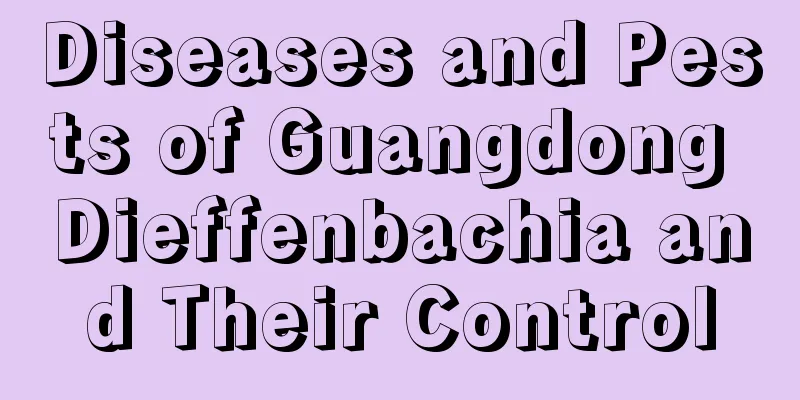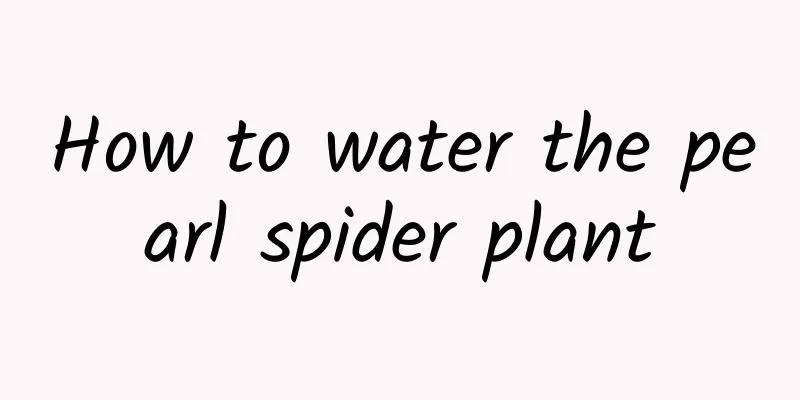Diseases and Pests of Guangdong Dieffenbachia and Their Control

Diseases of Dieffenbachia glabraLeaf spotLeaf spot is a common disease of Guangdong evergreen, and it is more likely to occur in rainy seasons. When leaf spot disease occurs on Guangdong evergreen, spots will grow on the leaves and gradually expand. The color around the spots will fade. In the later stages of the leaf spot disease, the disease will become more serious and turn black-brown. If leaf spot disease occurs in Guangdong evergreen, the diseased leaves need to be removed in time. When the disease is more serious, it can be sprayed with 1000 times diluted 50% carbendazim for treatment. anthraxAnthracnose is also a common disease of Guangdong evergreen, which mainly occurs on the leaves. In severe cases, it can develop to the leaves, causing water-soaked spots to appear on the plants. In severe cases, the spots will become one piece and black spots will appear. The occurrence of anthrax is mainly caused by poor ventilation, so ventilation needs to be strengthened during maintenance and scale insects need to be prevented and controlled. In the early stage of the disease, you can spray 800 times diluted 60% mancozeb or 1500 times diluted 70% thiophanate for prevention and control. Pests of Guangdong DieffenbachiaBrown Soft ScaleBrown soft scale is very harmful to Guangdong evergreen. Generally, brown soft scale will gather on the leaves of Guangdong evergreen, suck the sap of the plant, and secrete mucus to cause the bacteria to multiply in large numbers, resulting in blackening of stems and leaves, poor plant growth, and yellowing of leaves. In more serious cases, the plants will be full of pests. Generally, in the early stage of brown soft scale infestation, there are relatively few pests and they can be directly scraped off. However, after the nymphs hatch, it is necessary to spray pesticides. Generally, 1000 times diluted 40% malathion emulsifiable concentrate or 1000 times diluted 40% oxydemeton-methyl emulsifiable concentrate can be used for spraying. |
<<: Lemongrass leaf blight and its control
>>: Gray mold of Prunus armeniaca and its control
Recommend
Yan Rihui beheading method
1. Determine the location During the growth proce...
What to do if the leaves of Ficus microcarpa turn black
1. Watering This plant grown indoors does not nee...
Pictures of red spider lily (introduction to morphological characteristics and maintenance methods)
1. Morphological characteristics 1. Stem: The ste...
Twelve-month maintenance tips for asparagus fern
Asparagus fern is an evergreen foliage plant. The...
How to make Monstera bloom? Will it affect its growth?
1. How to achieve a blooming pot 1. Repotting reg...
Phoebe nanmu saplings
1. Brief Introduction Phoebe nanmu is a large tre...
Complete guide to hydroponic cultivation of spring taro!
Hydroponics methods and processes Although spring...
How to care for thorny plum in winter
Is the barberry afraid of cold? The temperature s...
How to use water to grow water lotus
How to use water to grow lotus in water 1. Water ...
How to grow white palm
1. Breeding environment 1. Soil: To grow white ha...
Origami flower art appreciation: freeze the beauty
Origami Flower Art Appreciation On Valentine'...
Tips for watering and fertilizing flowers
1. Watering 1. Frequency: The frequency of wateri...
What kind of water is good for watering flowers?
1. Tap water The most common way is to use tap wa...
Can pregnant women use wormwood? What are the side effects of wormwood?
1. Can pregnant women use it? Mugwort has the eff...
Where does osmanthus grow?
Osmanthus is a woody plant with a full tree shape...









